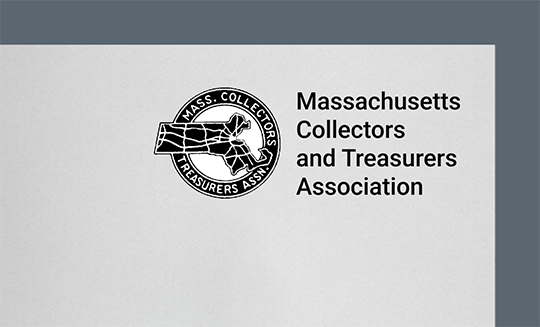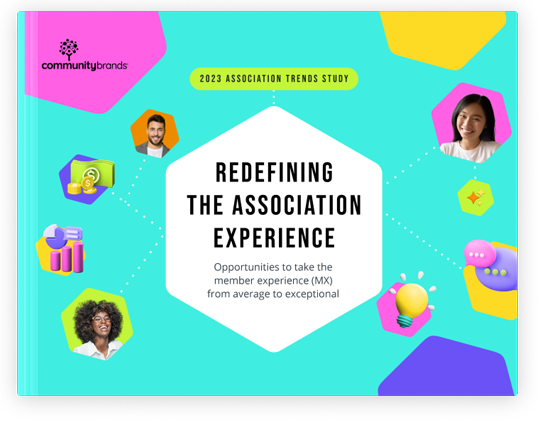
By Christine Bergeron, Marketing Coordinator, Momentive Software
Goal setting can be tricky, especially for associations with small staffs that have little time for anything besides day-to-day work. But it’s important to clearly define what you’re trying to accomplish and why. Doing so can not only help your day-to-day projects, but it can also help when you’re trying to get board approval for larger projects, such as purchasing new membership management software.
Brainstorming goals for your association
A good place to start with goals is at the highest level. Bring your stakeholders (such as leadership and project teams) into a room to brainstorm goal ideas. At this point, you’re simply trying to get ideas down on paper. A couple of things to ask yourselves as you brainstorm your goals:
- What are we trying to accomplish? What are the key challenges we’re trying to solve? The answers to these questions might tie back to common areas of focus for associations, such as member acquisition, member retention, and driving revenue.
- What are the key success factors that will impact us overcoming challenges and achieving what we’re trying to do? This might include things like the need for adequate staffing or the right technology tools to do the jobs at hand.
Using the SMART approach for goal setting
Next, it’s time to sort through these initial ideas and establish clear, achievable goals. Using the SMART approach can give you a solid framework for articulating your goals.
The SMART concept is used in many organizations to help make defining goals more manageable. SMART is an acronym that you can use to guide your goal setting. It requires that each of your goals are:
- Specific – Goals should pinpoint what you want to accomplish. The more specific you can be in your goal setting, the greater the chance you can achieve the desired outcome. Try to answer these questions as you write your goals:
- What do we want to accomplish?
- Why is it important?
- Who does the goal impact?
- How will we reach the goal?
- Which resources are involved?
Example: We want to increase membership by recruiting more student members.
- Measurable – You need a way to know how and if you’re making progress toward your goal, and to know when you’ve achieved it. Just remember that if you can’t measure progress toward your goal, you can’t prove that you’re making progress nor can you make changes along the way when needed.
Example: We will create a marketing campaign to recruit 100 more student members from five top universities.
- Achievable – While it’s important to push toward great things, goals should be realistic. Make sure the goals are attainable with the resources and time available.
Example: We will run an email marketing campaign in Q3 of 2021 that targets student lists from five top universities.
- Relevant – Make sure your goal is relevant to your project and aligns with other relevant goals. For example, a relevant goal should be:
- Worthwhile
- Timely
- In line with other organizational efforts
- Appropriate for the group setting the goal
Example: To support the organizational objective of 30 percent membership growth in 2021, the marketing team will recruit 100 more student members by running an email marketing campaign in Q3 of 2021 that targets student lists from five top universities.
- Time bound – Having a goal without a deadline just leaves the goal dangling out there, with no urgency to reach it. Be sure that your goal includes a completion date that shows when it will be achieved.
Example: To support the organizational objective of 30 percent membership growth in 2021, the marketing director will recruit 100 more student members by running an email marketing campaign from September 1, 2021 through September 30, 2021 that targets student lists from five top universities.
Using SMART goals to gain board approval
Setting SMART goals can be particularly helpful when you need to gain board approval for a larger project, such as replacing your existing membership management software or investing in one for the first time. For instance, if you have clearly articulated goals like the one listed above, you could make the case to your board that running email campaigns to recruit new members is an important goal, but it’s a struggle because sending email messages with your current system is time-consuming, taking up to X hours per email to segment lists and build, test, and send an email. This will make it even easier to make the case to your board that you need the right software in place to achieve your goals.
For more tips about how to create a compelling board pitch for new membership management software, read the guide: How to Prepare Your Pitch for New Membership Management Software Purchase.






